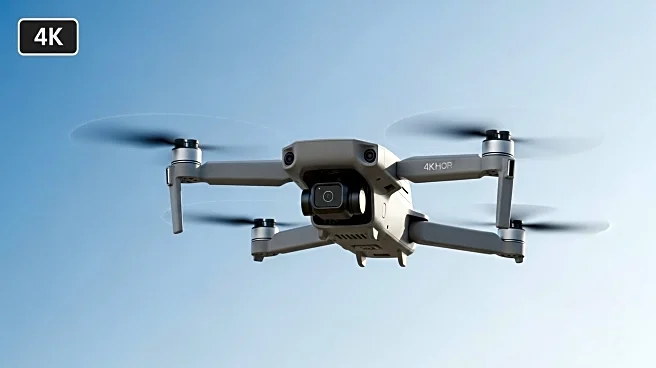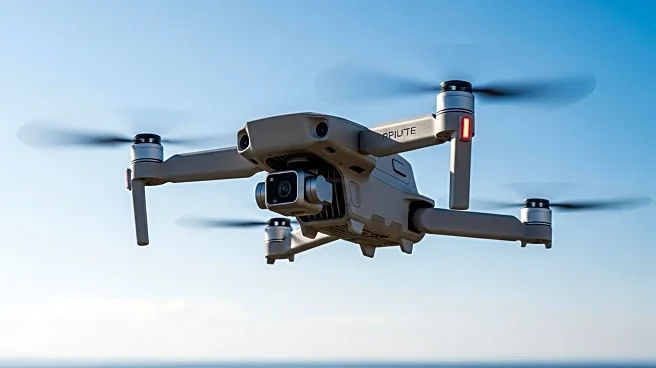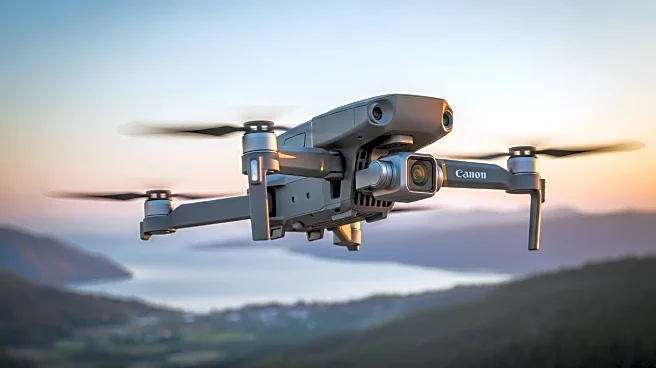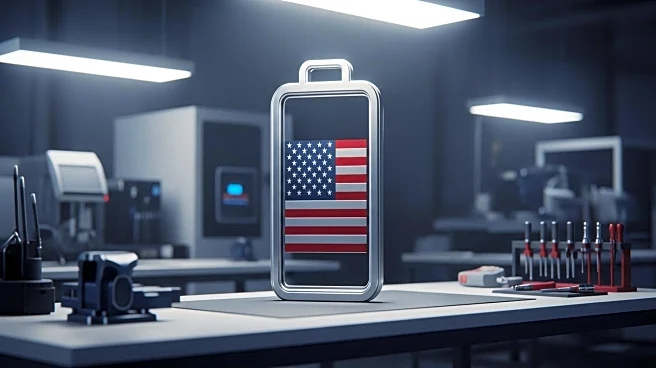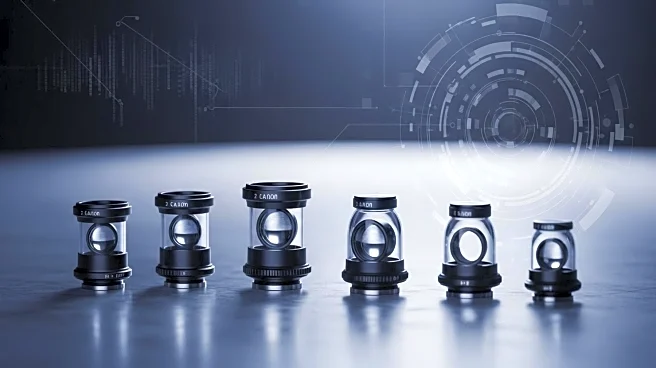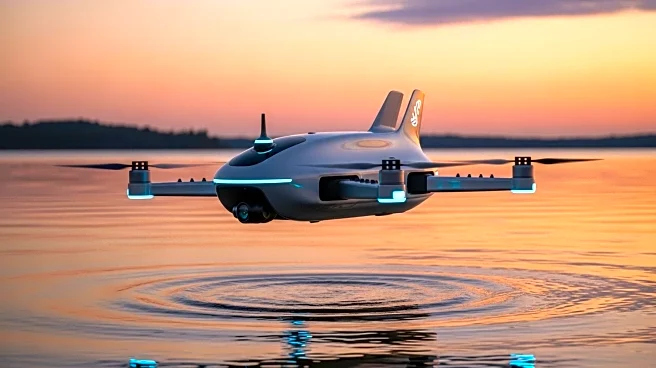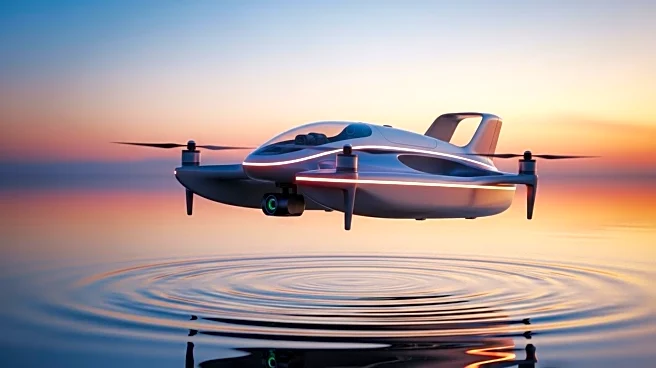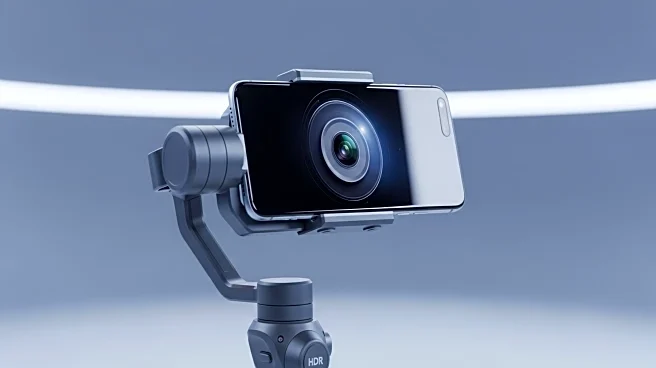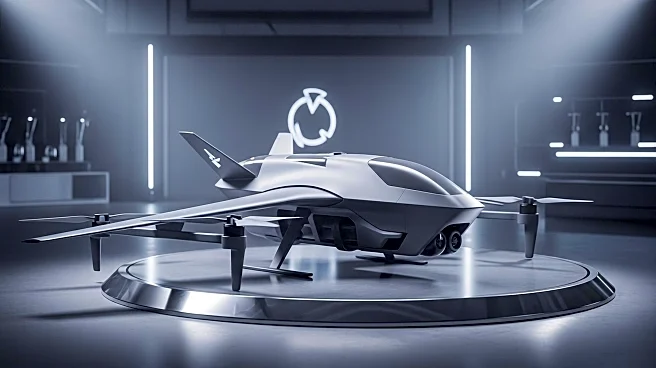What's Happening?
HoverAir has unveiled its latest innovation, the Aqua, a waterproof 'self-flying' drone designed to enhance the capabilities of personal aerial photography. Building on the success of its previous model, the Promax, the Aqua is engineered to operate in water environments, offering users the ability to capture high-quality 4k video at 100 frames per second. The drone is equipped with a 'lighthouse' controller that acts as a virtual tether, ensuring precise navigation and stability even in challenging conditions. The Aqua can withstand winds up to 38 miles per hour and has a top speed of 34 miles per hour. It features a 23-minute battery life and can float if the battery depletes, preventing it from sinking. The drone also includes 128 gigabytes of memory and a 1.6-inch display for immediate footage preview. Priced at approximately $1,000, the Aqua has already surpassed sales expectations by over 1,400% and is set to ship later this year.
Why It's Important?
The introduction of the Aqua drone by HoverAir represents a significant advancement in consumer drone technology, particularly for enthusiasts and professionals who require robust and versatile equipment for capturing aerial footage. The waterproof feature expands the potential use cases for drones, allowing for creative and practical applications in aquatic environments. This innovation could influence the drone market by setting new standards for durability and functionality, potentially prompting competitors to develop similar features. The strong pre-order performance indicates a high demand for such technology, which could drive further investment and development in the drone industry. Additionally, the Aqua's success may encourage more widespread adoption of drones in various sectors, including environmental monitoring, sports, and tourism.
What's Next?
As HoverAir prepares to ship the Aqua later this year, the company may focus on scaling production to meet the high demand. The success of the Aqua could lead to further innovations and iterations of the product, potentially introducing new features or models tailored to specific industries. Competitors in the drone market may respond by enhancing their own offerings, leading to increased competition and innovation. Regulatory bodies might also take interest in the growing use of drones in water environments, potentially leading to new guidelines or standards to ensure safety and privacy. Consumers and businesses alike will be watching closely to see how the Aqua performs in real-world conditions and how it influences the broader market.

